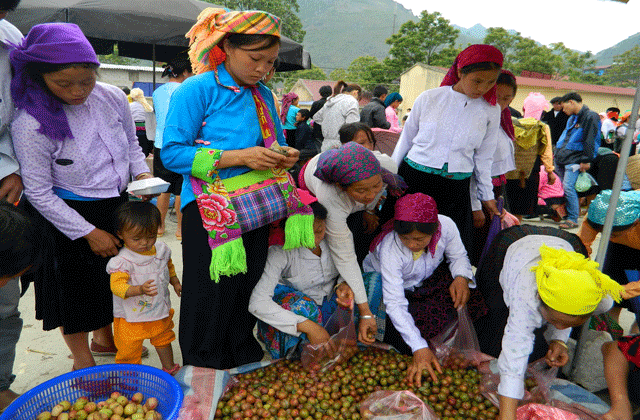Bac Ha's majestic countryside is equally as enchanting as its neighbor Sapa, but the peaceful town has somewhat escaped the over-development and has managed to retain its authenticity as a market town. This rural district doesn't have the modern comforts that can be found in Sapa, but what it lacks in that respect, it makes up for in character.
The town itself sits amidst towering mountains and rice paddies, and each week it is the home of one of the biggest ethnic minority market in the region. Each Sunday morning, as the sun breaks over the rolling mountains, hundreds of local people from the Black Dao, Red Hmong, Tay, Nung, La Chi, and other ethnic minority communities flock to the market creating an explosion of color in the green valley.
Each community comes dressed in their finest traditional clothing, colorful and proud, ready for a day of trading and socializing. The hundreds of stalls are equally as captivating, row upon row of colorful handcrafted goods, each item the result of hours of meticulous handicraft. As well as the amazing textile products and colorful homeware on offer, locals trade livestock and fresh produce. The atmosphere in the market is lively and inviting, drawing the crowds into the colorful bazaar.
As well as the weekly markets, Bac Ha has some fantastic trekking opportunities. The immense, paddy-etched mountains are dotted with tiny minority villages and breathtaking views.
1. Visit Bac Ha Market
This Sunday market is Bac Ha’s big draw. There's an increasing range of handicrafts for sale, but it’s still pretty much a local affair. Bac Ha market is a magnet for the local hill-tribe people, above all the exotically attired Flower Hmong. If you can, stay overnight in Bac Ha on Saturday, and get here early before hundreds of day-trippers from Sapa start arriving.
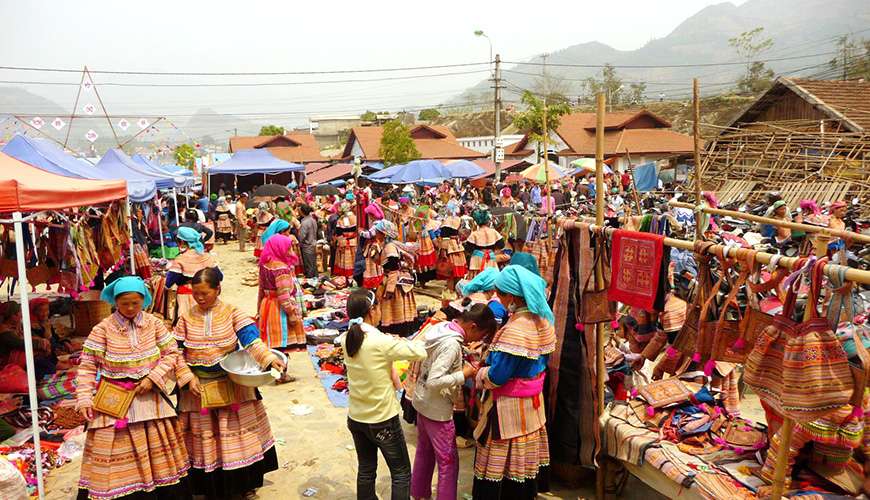
Flower Hmong women wear several layers of dazzling clothing. These include an elaborate collar-cum-shawl that’s pinned at the neck and an apron-style garment; both are made of tightly woven strips of multicolored fabric, often with a frilly edge. Highly ornate cuffs and ankle fabrics are also part of their costume, as is a checked headscarf (often electric pink or lime green).
2. Explore Vua Meo' Palace (‘Cat King’ House)
The outlandish Vua Meo, built in 1921 by the French to keep the Flower Hmong chief Hoang A Tuong happily ensconced in style, is a bizarre palace constructed in a kind of 'oriental baroque' style on the northern edge of Bac Ha. It was being restored when we last past through town but should be fully open again by the time you read this.
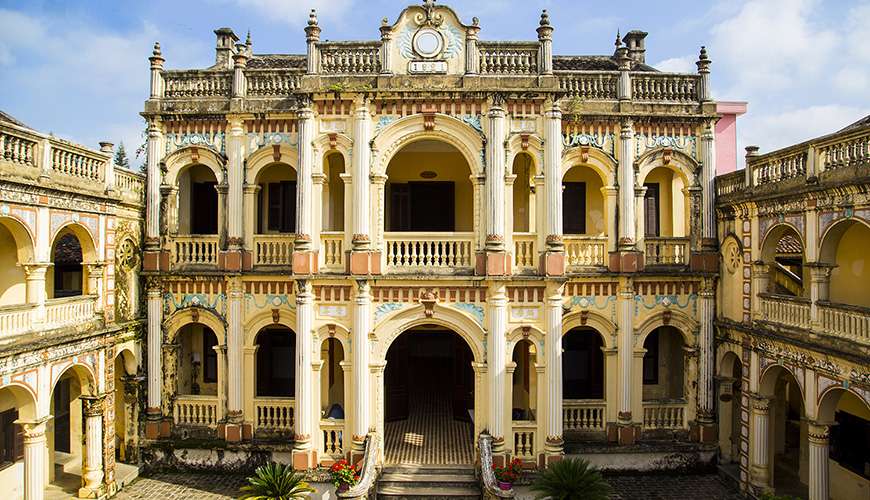
3. Participate in Can Cau Market (6.00 am - 13.00 pm Sat)
This Saturday market, 20km North of Bac Ha, attracts a growing number of visitors. Some tours from Sapa now visit Can Cau on Saturday before moving on to Bac Ha for the Sunday market. A few Bac Ha stallholders also make the journey to Can Cau on Saturdays. It’s still a magnet for the local tribal people though, including Flower Hmong and Blue Hmong (look out for the striking zigzag costume of the latter).
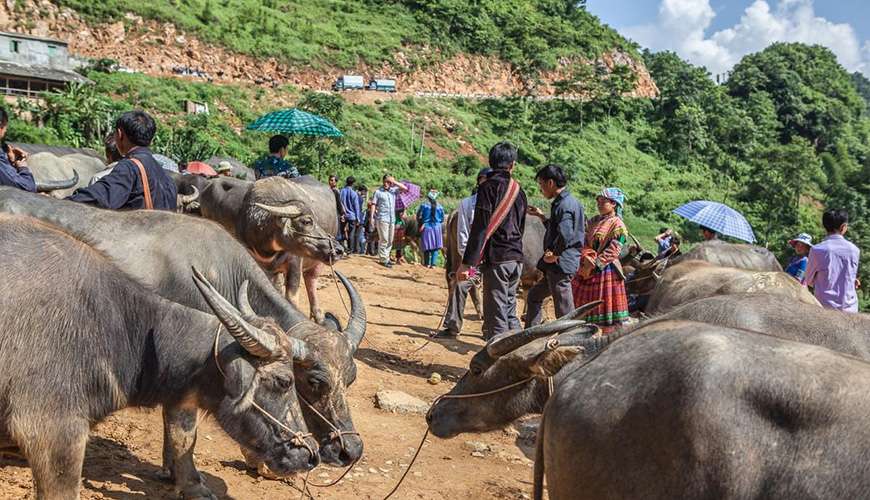
The market spills down a hillside with basic food stalls on one level and livestock at the bottom of the valley, including plenty of dogs. Locals will implore you to drink the local wine with them. Some trips here include the option of an afternoon trek.
4. Coc Ly Market (8.30 am - 1.30 pm Tue)
The impressive Coc Ly market attracts Dzao, Flower Hmong, Tay and Nung people from the surrounding hills. It’s about 35km Southwest of Bac Ha along reasonably good roads. Tour operators in Bac Ha can arrange day trips here.
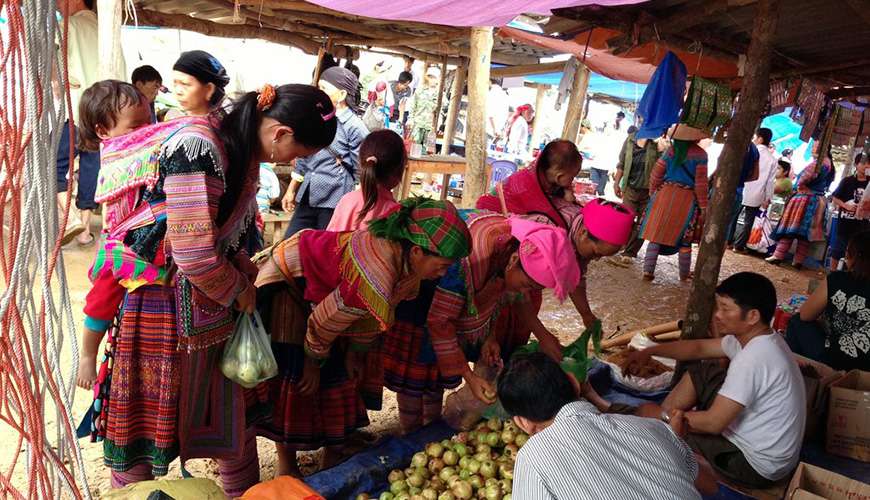
5. Lung Phin Market (6.00 am - 13.00 pm Sun)
Lung Phin market is between Can Cau market and Bac Ha, about 12km from town. It’s less busy than other markets, with a real local feel, and is a good place to move on to once the tour buses arrive in Bac Ha from Sapa.
